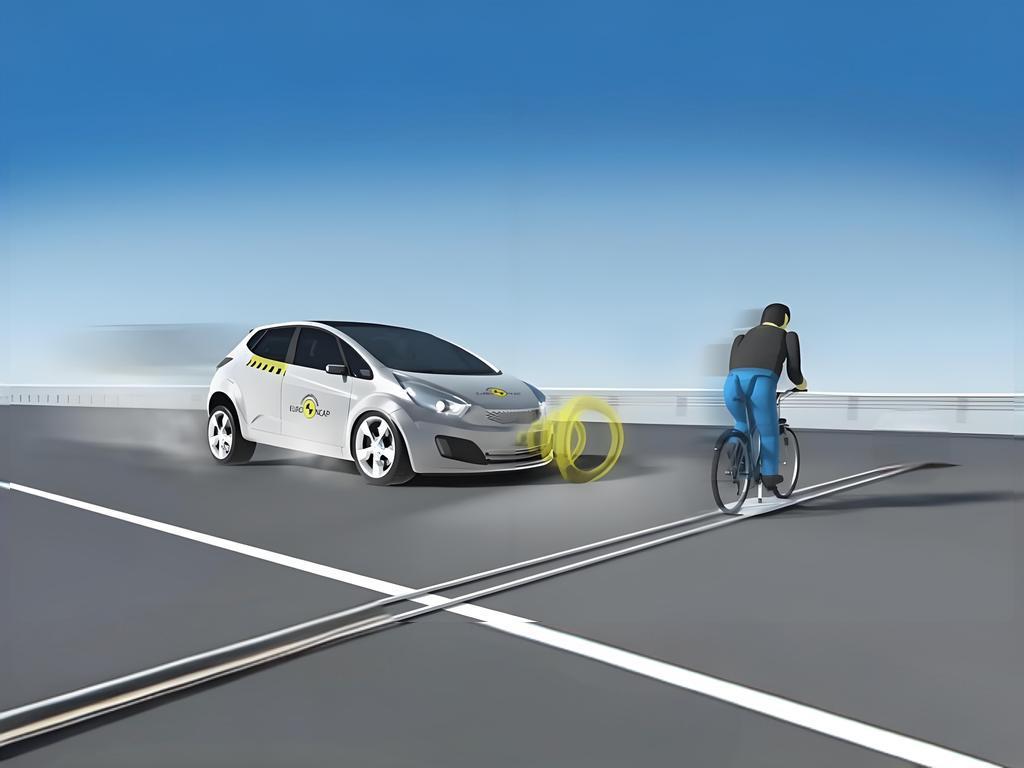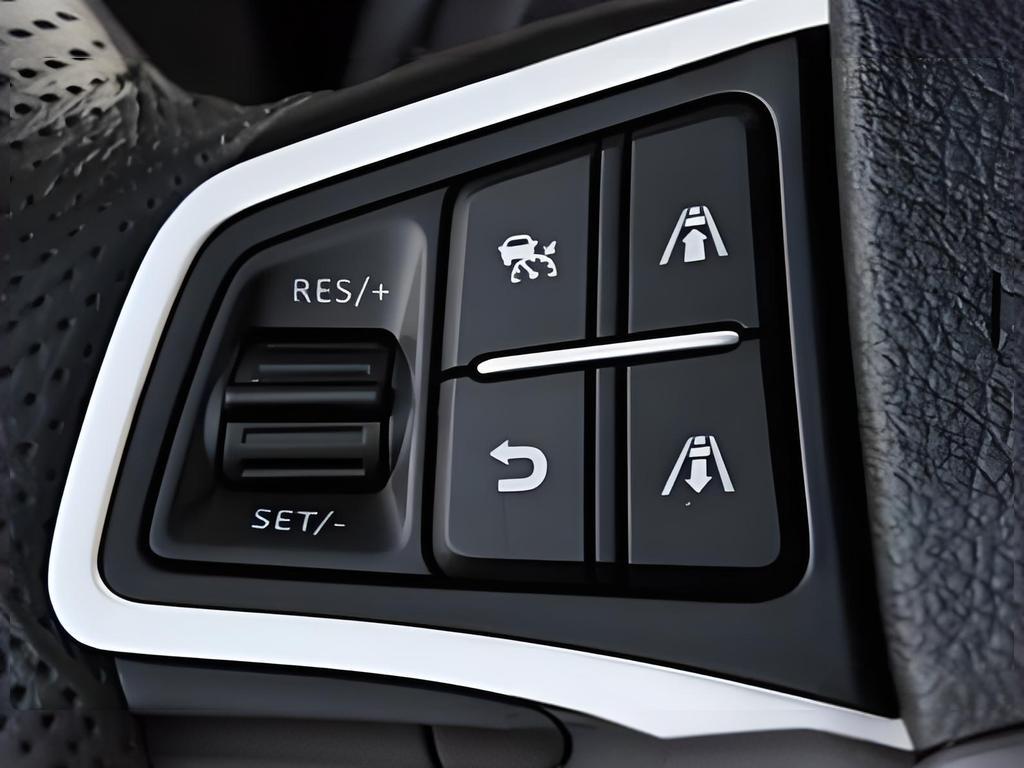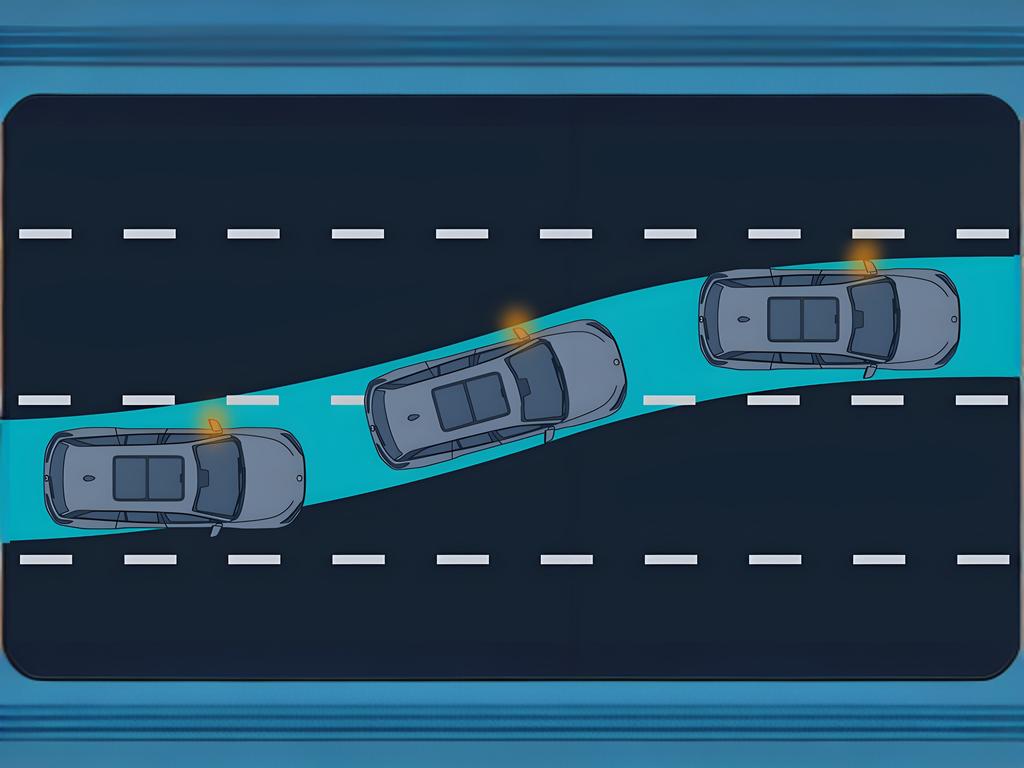Safety First: The Latest Automotive Safety Features That Could Save Your Life
In today’s fast-paced world, automotive safety has evolved beyond the traditional seatbelts and airbags, embracing cutting-edge technologies that actively prevent accidents and mitigate their consequences. As vehicles become more intelligent and interconnected, they are equipped with an array of innovative safety features designed to keep drivers, passengers, and pedestrians alike safe on the road. Here’s a closer look at some of the latest automotive safety features that could save your life.
1. Autonomous Emergency Braking (AEB)

One of the most groundbreaking safety features in recent years, Autonomous Emergency Braking (AEB) uses sensors such as radar and cameras to detect potential collisions with other vehicles, pedestrians, or cyclists. If the system determines that a collision is imminent and the driver fails to react, it automatically applies the brakes to reduce speed or, in some cases, bring the vehicle to a complete stop. This technology has been proven to significantly reduce the likelihood of rear-end collisions and pedestrian accidents.
2. Adaptive Cruise Control (ACC)

Building upon traditional cruise control, Adaptive Cruise Control (ACC) maintains a safe distance between your vehicle and the one ahead by automatically adjusting your speed. It uses sensors to monitor the distance and speed of the preceding vehicle, applying brakes or accelerating as necessary to maintain a set following distance. ACC not only enhances comfort during highway driving but also helps prevent rear-end collisions, especially in stop-and-go traffic.
3. Lane Departure Warning (LDW) and Lane Keeping Assist (LKA)

Lane Departure Warning (LDW) systems use cameras to monitor the vehicle’s position within lane markings. If the vehicle starts to drift out of its lane without signaling, LDW alerts the driver with visual, auditory, or haptic warnings. Lane Keeping Assist (LKA) takes this a step further, actively applying steering inputs to keep the vehicle centered in its lane. These features help prevent accidents caused by inattentive or drowsy driving.
4. Blind Spot Monitoring (BSM) and Rear Cross-Traffic Alert (RCTA)

Blind Spot Monitoring (BSM) uses radar or cameras to detect vehicles in your blind spots and alerts you with visual or auditory signals. This feature significantly reduces the risk of lane-change collisions. Rear Cross-Traffic Alert (RCTA) is a similar technology that warns drivers of approaching vehicles when reversing out of a parking spot or driveway, enhancing safety during low-speed maneuvers.
5. 360-Degree Camera Systems

360-degree camera systems provide a bird’s-eye view of the vehicle’s surroundings, eliminating blind spots and making parking and navigating tight spaces safer and easier. By combining multiple cameras mounted around the vehicle, these systems create a single, seamless image of the area immediately surrounding the car, allowing drivers to see obstacles that might otherwise be obscured.













